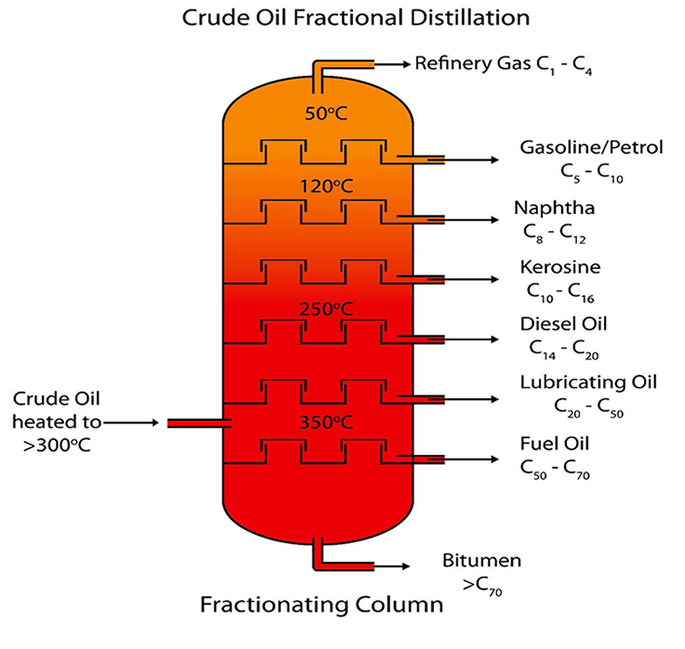At present, domestic waste oil regeneration catalyst presents two situations: one is gas phase catalyst, which is filled with strip catalyst in the gas pipeline above the regeneration furnace. The newly produced catalyst is effective in a week and can make the refined oil light in color. But after a week, it will be poisoned and ineffective, so it is easy to plug the pipeline.
If the cleaning and replacement are not found in time, it will cause the pressure in the furnace to rise sharply and lead to danger. This is also the cause of frequent accidents in small domestic recycling plants. Because the gas phase catalyst can not control the reaction rate, the yield of diesel oil will be seriously reduced, only about 72% of the oil yield. Such a catalyst, even if it does not occur unexpectedly in the production process, has no economic benefits.
The catalyst can be regenerated several times in theory, but it is not feasible in large-scale production practice. According to our knowledge, no small regeneration enterprise in China has regenerated successfully in production practice, so the cost of use is particularly high. So it has been completely eliminated five years ago in China, and there is no competitive market. The second kind of catalyst is liquid phase catalyst, which is directly added to waste engine oil for distillation. The liquid phase catalyst is directly added to the oil, so there is no possibility of blocking the pipeline, and there is no possibility of danger, so it is also safe.
However, the development of liquid phase catalysts is very difficult: first, because the waste oil is too dirty, dust and other impurities are too much, and the special molecular structure of waste oil is different from that of crude oil, leading to the catalyst produced by large state-owned catalyst enterprises is not suitable for the catalytic reaction of waste oil at all. Mainly manifested in the appearance of diesel oil refined with or without catalyst is the same, the surface of the refined diesel oil is green and blue, the oil viscosity is very high, and the smell is also very large. Red oil appears in the middle and late stages of regeneration, and the diesel oil produced is very dark in color.

